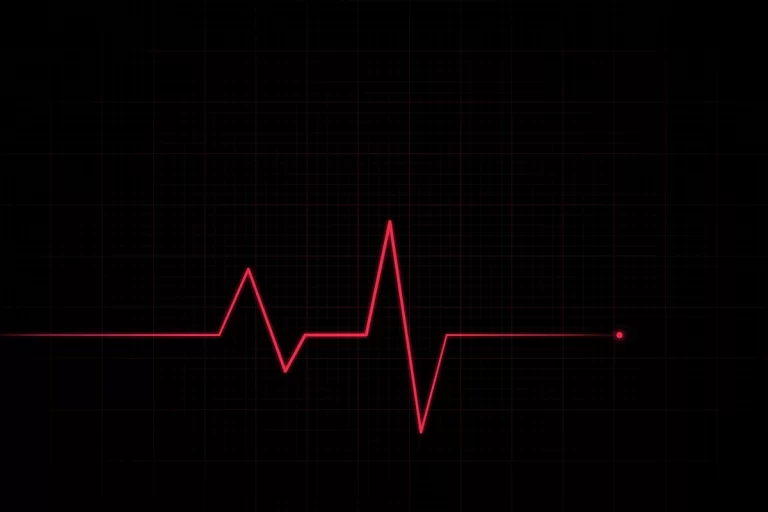Services
Echocardiography
- An ultrasound of your heart is called an echocardiogram, or "echo." An echocardiogram employs sound waves to create pictures of the structure and function of the heart. These images can be used to examine the heart valves, any damage from a heart attack, and the causes of chest discomfort.
DIAGNOSTIC TESTS

There are several uses for Echocardiography, such as:
Diagnostic Imaging: Echocardiography is a primary diagnostic tool that uses ultrasound waves to create detailed images of the heart’s anatomy, allowing healthcare professionals to assess the structure and function of the heart.
Cardiac Function Assessment: It provides real-time visualization of the heart’s pumping action, allowing for the evaluation of cardiac function, including the detection of abnormalities in the heart’s chambers and valves.
Disease Diagnosis: Echocardiography is instrumental in diagnosing a wide range of heart conditions, such as heart failure, coronary artery disease, and cardiomyopathies. It helps identify the underlying causes of symptoms like chest pain or shortness of breath.
Valve and Chamber Evaluation: The technique is particularly useful in assessing the condition of heart valves and chambers, aiding in the detection of valve disorders, stenosis, regurgitation, and other structural abnormalities.
Monitoring Cardiac Health: Echocardiograms are employed for ongoing monitoring of patients with known cardiac issues, helping healthcare professionals track changes in heart function and adjust treatment plans accordingly.
Congenital Heart Defect Detection: It is used to identify congenital heart defects in unborn babies during prenatal screening, providing crucial information for early intervention and management.
Guidance for Treatment Decisions: Echocardiography plays a pivotal role in guiding treatment decisions by providing detailed information about the heart’s condition, helping physicians determine the most appropriate course of action.
Non-Invasive Nature: Unlike invasive procedures, echocardiography is non-invasive, making it a preferred method for assessing cardiac health without the need for surgery or catheterization.
Accessibility: Echocardiograms are widely available, and the procedure is generally well-tolerated, making it a practical and accessible tool for routine cardiac evaluations.
Research and Education: Echocardiography is essential for research purposes and medical education, contributing to a better understanding of cardiac anatomy and function.
PRIOR TO THE ECHOCARDIOGRAPHY
Echocardiography is a medical imaging technique that utilizes ultrasound waves to create detailed images of the heart. This non-invasive procedure provides valuable information about the structure and function of the heart, aiding in the diagnosis and monitoring of various cardiac conditions. Here are some key details about echocardiography:
Ultrasound Technology: Echocardiography uses high-frequency sound waves, known as ultrasound, to generate real-time images of the heart. These sound waves bounce off the heart’s structures, and the returning echoes are converted into detailed images.
Transducer Device: A transducer, a small hand-held device, is placed on the chest and emits ultrasound waves. The transducer also detects the returning echoes, which are then processed to create visual representations of the heart.
Types of Echocardiograms:
- Transthoracic Echocardiogram (TTE): The most common type, where the transducer is placed on the chest’s surface.
- Transesophageal Echocardiogram (TEE): Involves inserting a specialized transducer through the esophagus to obtain more detailed images, often used in specific cases.
Doppler Ultrasound: This feature within echocardiography assesses blood flow by detecting changes in sound wave frequencies, providing information about the speed and direction of blood within the heart and blood vessels.
Two-Dimensional (2D) and Three-Dimensional (3D) Imaging: Echocardiography can produce 2D images for detailed anatomical assessment and, in some cases, 3D images for a more comprehensive visualization of cardiac structures.
Functional Assessment: Echocardiograms allow healthcare professionals to assess the heart’s pumping function, identify abnormalities in the heart valves and chambers, and evaluate the efficiency of blood flow.
Clinical Applications:
- Diagnosis of Heart Conditions: Echocardiography is used to diagnose a variety of heart conditions, including coronary artery disease, heart failure, valvular disorders, and congenital heart defects.
- Monitoring and Follow-up: It is employed for ongoing monitoring of patients with known heart conditions to track changes in cardiac health and guide treatment decisions.
- Prenatal Screening: Echocardiography is utilized during pregnancy to detect congenital heart defects in unborn babies.
Non-Invasive Nature: Echocardiography is a non-invasive procedure, meaning it does not involve surgery or penetration of the skin, making it a safer alternative to certain invasive cardiac diagnostic methods.
Safety and Accessibility: Echocardiograms are generally considered safe, with no exposure to ionizing radiation. The procedure is widely available in medical facilities and is well-tolerated by patients.
Echocardiography plays a critical role in modern cardiology, providing clinicians with detailed insights into cardiac structure and function for accurate diagnosis and effective management of heart-related conditions.
